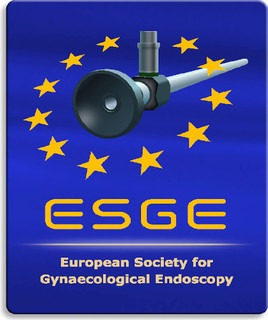A cross-sectional, multicentre, epidemiological study on human papillomavirus (HPV) type distribution in adult women diagnosed with invasive cervical cancer in Belgium
Human papillomavirus, HPV, epidemiology, cervical cancer, cervical intraepithelial neoplasia, CIN, screening, prevention, vaccination
Published online: Jun 30 2015
Abstract
Objective: Despite an advanced national cervical cancer screening and vaccination programme cervical cancer is still the third most frequent diagnosed gynaecological tumour in Belgium. The goal of this study is to present the Belgian data of a cross-sectional, multicentre, epidemiological study on human papillomavirus (HPV) type distribution in adult women diagnosed with invasive cervical cancer (ICC) conducted in 12 European countries.
Material and Methods: Centres in four major Belgian cities (Antwerp, Brussels, Ghent and Liège) participated in this study. Tissue samples from women with ICC were collected from the period 2001 - 2008. All slides were centrally reviewed and analysed for HPV. The total enrolled cohort included 278 subjects.
Results: The histologically eligible cohort comprised of 255 patients (mean age 51.3 ± 15.1 years) and 237 were confirmed HPV positive (mean age 50.6 ± 14.9 years). A single HPV infection was present in 95.8%. The five most frequent HPV types were HPV 16 (68.7%), HPV18 (12.3%), HPV 31 (6.2%), HPV 33 (5.3%) and HPV 45 (1.8%). Multiple HPV types were present in 3.4%, with two HPV types in 2.5% and three HPV types in 0.8%. In the various HPV type combinations observed in multiple infected women, HPV 31 (62.5%) and HPV 33 (50.0%) were the most frequent. The ratio of adenocarcinoma (ADC) versus squamous cell carcinoma (SCC) cases in the histologically eligible cohort was 1:8. Compared to the pooled European data the Belgium HPV 16 is 1.1, HPV 33 is 1.2 and HPV 31 is 1.7 higher and the HPV 18 is 0.8 and HPV 45 is 0.34 lower.
Conclusion: The 5 most frequent HPV types in Belgium are the same as in the rest of Europe, but the distribution is different. Cervical cancer screening should therefore be HPV type specific and HPV prophylactic vaccination should also focus on other types then HPV 16 and HPV 18. A national registry is needed in order to follow the trends of HPV types in the society and to measure the impact of prevention, for which the data presented in this study can be an important basis.

-1_small.jpg?1569892443)

